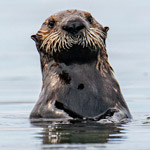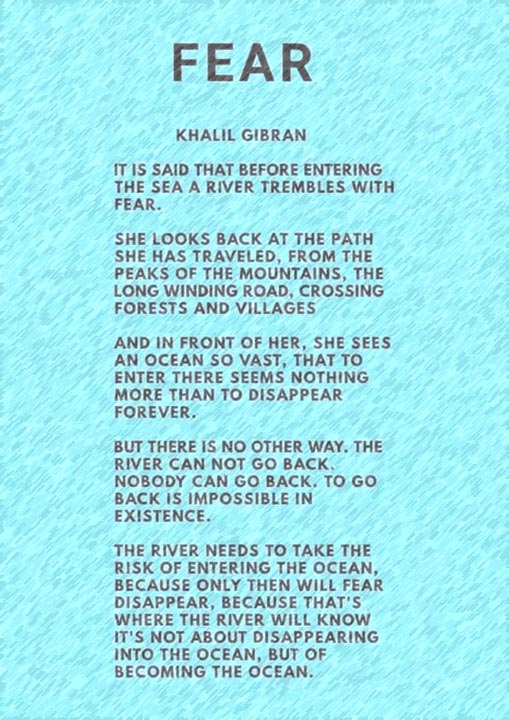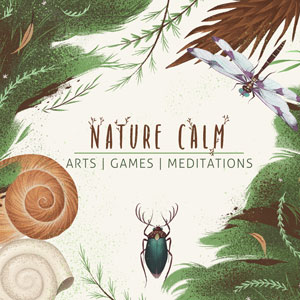Have you ever experienced the joy of swimming in wild waters? Water, which is the cradle of life on earth and carries within each molecule the memory of time itself.
It’s a mystery how the world became awash in it. But one prevailing theory says that water originated on our planet from ice specks floating in a cosmic cloud before our sun was set ablaze, more than 4.6 billion years ago. As much as half of all the water on Earth may have come from that interstellar gas. That means the same liquid we drink and that fills the oceans may be millions of years older than the solar system itself. Source: New York Times Article
As we move into Summer, this week’s article covers two beautiful short films. One from Scotland and the other from the neighbouring Faroe Islands. Through the inspiring stories of a few wild water swimmers we touch upon the rejuvenating and healing benefits of water.

Well Preserved
There is no better way to start the day than an early morning sea swim. It is physical, mental, spiritual, communal – all wrapped up in a simple dip in the sea. A group of women, who call themselves the ‘Morning Swimmers of Sandagerði’, brave the icy waters of the North Atlantic, along the coastline of the Faroe Islands, for their morning dip in the ocean. They go in every day of the year, sunshine or snow, unless a storm roughs up the water too much. And for them it is as much about connection and friendship as it is about exercise and invigoration. A film by Green Renaissance:
Health Benefits of Swimming
For The Brain:
Regular exercise, such as swimming, improves memory function and thinking skills. This is good not only for kids and adults, but it is beneficial for us as we age too. Regular exercise reduces inflammation and insulin resistance in the brain, which fosters new brain cell growth. Swimming also improves mood, anxiety, and stress, which increases the brain’s ability to think more efficiently.
For The Body:
Why is swimming good for our physical health ? Here’s a list of some benefits:
- Keeps your heart rate up but takes some of the impact stress off your body
- Builds endurance, muscle strength and cardiovascular fitness
- Helps maintain a healthy weight, healthy heart and lungs
- Tones muscles and builds strength
- Provides an all-over body workout
- Improving coordination, balance and posture
- Improving flexibility
- Providing good low-impact therapy for some injuries and conditions
For the Mind:
Water and mind have a very delicate link. The element of water has always been associated with feelings of peace and serenity. Many meditation, mindfulness, and forest bathing practices incorporate the soothing effects of water to focus and calm down overactive minds.
The act of immersing oneself in water is a way of reconnecting with something timeless within us. After all, the majority of our body is made up of water.
*According to H.H. Mitchell, Journal of Biological Chemistry 158, 60% of the human adult body is water. The brain and heart are composed of 73% water, and the lungs are about 83% water. The skin contains 64% water, muscles and kidneys are 79%, and even the bones are watery: 31%.
Hydrotherapy
Hydrotherapy is a story of adaptation, strength & re-wilding set in the raw and beautiful landscapes of Snowdonia National park. Laura the protagonist has not only overcome a life changing illness through wild swimming, but has also found a greater connection to the natural world. This has ignited her mission to make a stand for the natural environment, and protect wild waters and wild spaces across the UK.
Directed by Fin and Jack Davies Produced by Lewis Smith. Shot by Josh Williams and Jack Davies. Sound Design & Music by Paddy Henchman. Colour by Fin Davies. ‘A Friction Collective production featuring Laura Owen Sanderson’.
Find out more about Laura’s incredible research & environmental projects on Instagram at @weswimwild
10 Ways To Be Wild And Safe
- Never swim in canals, urban rivers, stagnant lakes or reedy shallows
- Never swim in flood water and be cautious of water quality during droughts
- Keep cuts and wounds covered with waterproof plasters if you are concerned
- Avoid contact with blue–green algae
- Never swim alone and keep a constant watch on weak swimmers
- Never jump into water you have not thoroughly checked for depth and obstructions
- Always make sure you know how you will get out before you get in
- Don’t get too cold – warm up with exercise and warm clothes before and after a swim
- Wear footwear if you can
- Watch out for boats on any navigable river. Wear a coloured swim hat so you can be seen
There’s more about wild swimming safety here | Cover photo by Jake Johnson

END NOTE:
Healing Forest is a project that aims to bring people and forests closer to each other through creativity and mindfulness. Our aim is simple. Helping people heal. Helping forests heal.
Request: Please share this post so it reaches those who might find it helpful. And here is a meditative water poem for you before you go.




